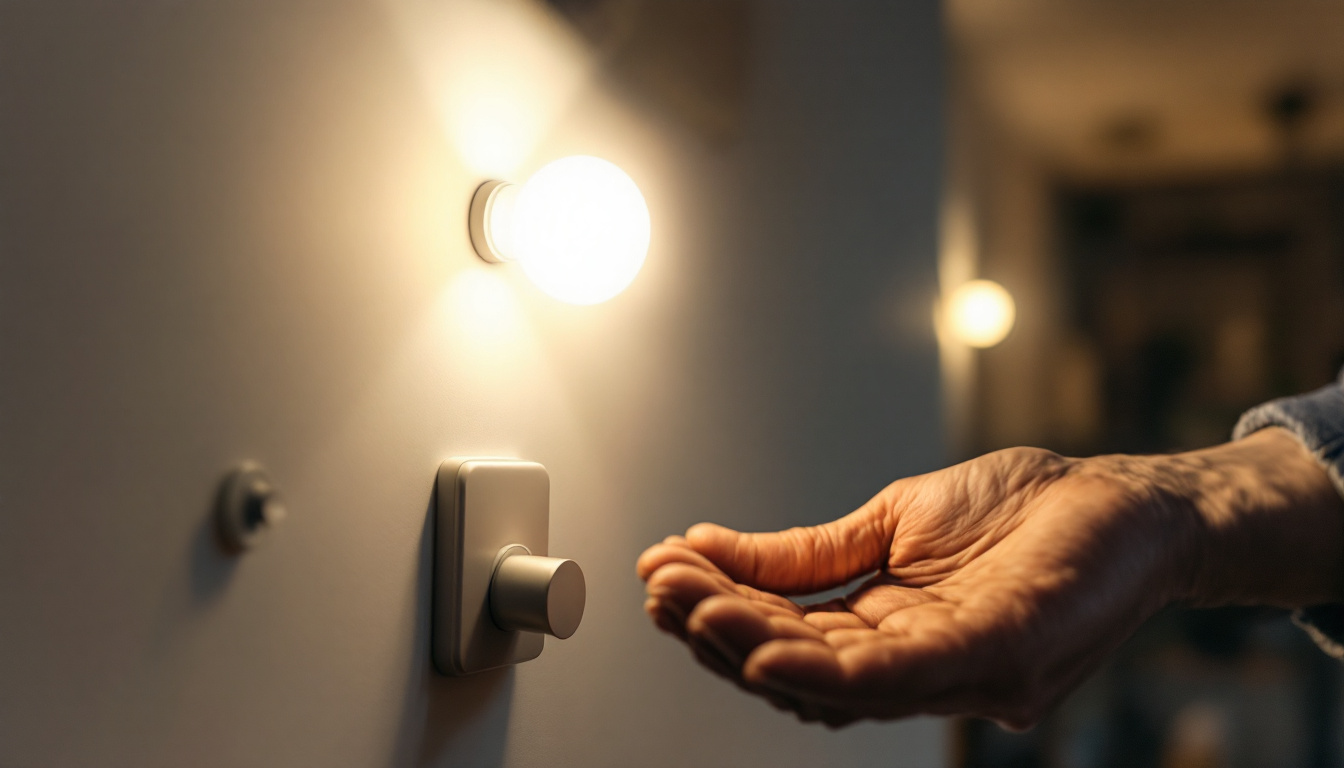
pendant ceiling lights are a popular choice for both residential and commercial spaces, offering a blend of functionality and aesthetic appeal. For lighting contractors, understanding the nuances of pendant lighting is essential for delivering exceptional results to clients. This article delves into best practices for selecting, installing, and maintaining pendant ceiling lights, ensuring that contractors can provide their clients with optimal lighting solutions.
Pendant lights are versatile fixtures that hang from the ceiling, typically suspended by a cord, chain, or rod. They come in various styles, sizes, and materials, making them suitable for diverse applications. Understanding the different types of pendant lights and their intended uses is crucial for contractors aiming to meet client expectations.
There are several types of pendant lights available, each serving unique purposes. Some common categories include:
Contractors should consider the specific needs of the space when recommending pendant lights. For instance, a large dining room may benefit from a multi-light pendant, while a cozy reading nook might only require a single pendant for focused lighting. Additionally, the height at which pendant lights are hung can greatly influence their effectiveness; a lower suspension can create a more intimate atmosphere, while higher placements may enhance the sense of space.
The design of pendant lights can significantly impact the overall aesthetic of a space. When selecting fixtures, contractors should consider the following:
Moreover, the scale of the pendant light in relation to the room’s dimensions is essential. Oversized pendants can serve as striking focal points in larger spaces, while smaller fixtures can be grouped together to create a cohesive look. Lighting also plays a crucial role in setting the mood; warm-toned bulbs can create a cozy ambiance, while cooler tones may be more suitable for task-oriented areas. This nuanced approach to lighting design ensures that the chosen pendant lights not only illuminate but also enhance the overall atmosphere of the space.
Proper installation of pendant ceiling lights is crucial for both safety and performance. Lighting contractors must adhere to best practices to ensure a successful installation process.
Determining the correct height for pendant lights is essential for functionality and aesthetics. A general rule of thumb is to hang pendants 30 to 36 inches above a dining table or kitchen island. However, this can vary based on the ceiling height and the specific use of the light. For instance, in spaces with higher ceilings, it may be beneficial to increase the height of the pendants to maintain proportion and avoid overwhelming the room’s scale.
Additionally, spacing is important when installing multiple pendants. For a row of pendants, aim for 24 to 30 inches between each fixture to ensure even illumination and visual balance. This spacing not only enhances the overall design but also helps to create a cohesive look, especially in open-concept areas where the lighting can influence the ambiance of adjacent spaces. Consider using a dimmer switch to adjust the brightness based on the time of day or the mood you want to create, further enhancing the versatility of your pendant lighting.
Before installation, contractors should assess the electrical setup of the space. This includes checking existing wiring, ensuring compatibility with the chosen fixtures, and confirming that the circuit can handle the load. It is advisable to consult local electrical codes and regulations to guarantee compliance. Additionally, it’s wise to consider the energy efficiency of the chosen bulbs, as LED options can significantly reduce energy consumption and extend the lifespan of the fixtures.
Using the appropriate mounting hardware is also crucial. Pendant lights should be securely fastened to the ceiling, and the weight of the fixture should be considered to prevent future issues. It’s important to use anchors or screws that are rated for the weight of the light fixture, especially in drywall or plaster ceilings. Furthermore, ensuring that the electrical connections are properly insulated will help prevent any potential hazards, such as short circuits or electrical fires, making the installation not only aesthetically pleasing but also safe for everyday use.
The type of bulb used in pendant lights can drastically affect the quality of light produced. Lighting contractors should be knowledgeable about the various bulb options available and their respective benefits.
LED bulbs have become increasingly popular due to their energy efficiency and longevity. They produce less heat and have a longer lifespan compared to incandescent bulbs, making them a cost-effective choice for clients.
However, some clients may prefer the warm glow of incandescent bulbs for specific applications. Contractors should be prepared to discuss the pros and cons of each option, helping clients make informed decisions based on their preferences and needs. Additionally, it’s worth noting that there are now hybrid options available, such as LED bulbs designed to mimic the color temperature and ambiance of traditional incandescent lighting, providing a perfect balance for those who desire both energy efficiency and a cozy atmosphere.
Color temperature is another critical factor to consider when selecting bulbs. Measured in Kelvin (K), the color temperature can influence the mood of a space. For example, bulbs with a lower Kelvin rating (2700K to 3000K) provide a warm, inviting light, while higher ratings (4000K to 5000K) yield a cooler, more energizing effect.
Brightness is measured in lumens, and contractors should recommend bulbs that provide adequate illumination for the intended use. For dining areas, a brighter light may be preferred, while softer lighting might be ideal for living spaces. Moreover, the placement of the pendant lights can also affect perceived brightness; a well-placed fixture can enhance the overall aesthetic and functionality of a room. Contractors should consider the height at which the pendants are hung, as well as the surrounding decor, to ensure that the lighting complements the space effectively.
To ensure the longevity and performance of pendant ceiling lights, regular maintenance is essential. Lighting contractors should educate clients on proper care and troubleshooting techniques.
Pendant lights can accumulate dust and grime over time, which can diminish their brightness and overall appearance. Contractors should recommend a cleaning schedule, advising clients to gently wipe down fixtures with a soft cloth and mild cleaning solution.
For glass pendants, caution should be exercised to avoid scratching the surface. Additionally, clients should be informed about the importance of checking bulbs regularly and replacing them as needed to maintain optimal lighting levels.
Even with proper maintenance, issues may arise with pendant lights. Contractors should be prepared to address common problems such as flickering bulbs, dim lighting, or complete fixture failure. Often, these issues can be traced back to electrical connections or faulty bulbs.
Educating clients on how to troubleshoot basic problems can empower them to resolve minor issues without needing immediate professional assistance. However, contractors should always emphasize the importance of safety and recommend consulting a professional for more complex electrical concerns.
For contractors, integrating pendant lights into a broader lighting plan is essential for achieving a cohesive look throughout a space. This involves considering ambient, task, and accent lighting to create a well-balanced environment.
Layered lighting involves combining different types of lighting to enhance the functionality and aesthetic appeal of a space. Pendant lights can serve as both task and accent lighting, depending on their placement and design.
In dining areas, pendant lights can provide focused illumination for meals, while in living spaces, they can serve as decorative elements that draw the eye. Contractors should encourage clients to think about how pendant lights can complement other lighting sources, such as recessed lights or wall sconces.
Each space within a home or commercial environment may have unique lighting requirements. For instance, kitchen islands may benefit from multiple pendant lights for even illumination, while entryways might only require a single, striking pendant as a focal point.
Understanding the specific needs of different areas allows contractors to recommend the most suitable pendant lighting solutions, enhancing both functionality and design.
Pendant ceiling lights are an excellent choice for enhancing the beauty and functionality of any space. By understanding the various types of pendant lights, installation best practices, and maintenance techniques, lighting contractors can provide exceptional service to their clients. Creating a cohesive lighting plan that integrates pendant lights with other lighting sources will ensure that clients achieve their desired ambiance and functionality.
Ultimately, the key to successful pendant lighting lies in the details—selection, installation, and ongoing maintenance. By adhering to these best practices, contractors can elevate their projects, leaving clients satisfied and spaces beautifully illuminated.
Ready to take your lighting projects to the next level? At LumenWholesale, we provide lighting contractors with the finest selection of spec-grade pendant ceiling lights and more, all at unbeatable wholesale prices. Say goodbye to local distributor markups and hello to high-quality, reliable lighting that meets the highest industry standards. With free shipping on bulk orders, you can stock up on premium lighting solutions and enjoy the best value without any hidden fees. Elevate your lighting game and create stunning, functional spaces with ease. Visit LumenWholesale now for wholesale lighting at the best value.

Discover the must-have tools for lighting contractors that transform ordinary spaces into illuminated masterpieces.

Explore the transformative impact of Level 2 chargers on the lighting industry, delving into their evolution, efficiency, and the future of sustainable energy solutions.

Explore the intricacies of dimmable LED lights with insights from top lighting contractors.

Discover expert insights and practical tips on choosing and utilizing solar work lights for lighting contractors.